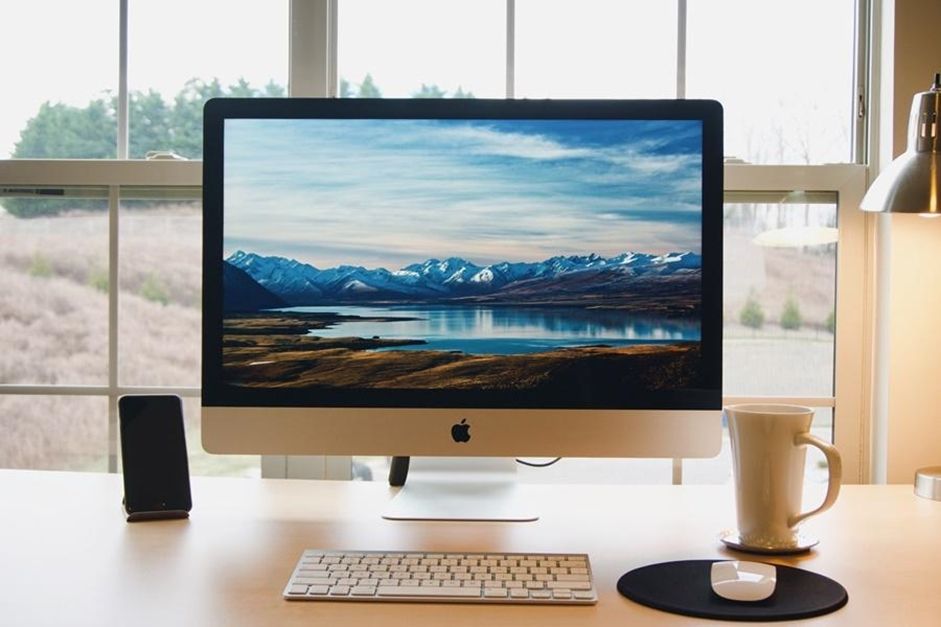There were about 5,3 million Macbooks sold in the past year. Apple continues to gain a tighter grip on the market and spread their influence with new computers.
The problem is, even now most of us know and understand that the possibilities of a Mac are really big, and often we are not using some of the best ones. Knowing about some additional features might actually improve work and leisure time for many people.
Using specialized tools like clean my mac x is one of the examples. Such applications can help a lot with the efficiency and speed of your Mac. Therefore, we want to share some additional tips that will help you get to know your Mac better.
More About the Sleeping Mode

Image Source: Unsplash.com
It is so natural for Mac users to see their computer go to a sleep mode that is very easy to get used to. And after we get used to it, we barely notice it and don’t even bother giving it a second thought.
Most people tend to think that sleep mode helps you save more percentage of your Mac’s battery, and after you log back in, you can simply continue where you left off. But many people don’t know that there is more than one kind of sleep mode. There are Sleep, Safe Sleep, and Hibernation modes on the Mac, and all three have their benefits and functionalities.
Differences Between Sleep, Safe Sleep, and Hibernation Modes
For you to choose the best sleep option for your Mac, we will shortly explain what each type of sleep means and how it can be beneficial.
While in Sleep mode, the Mac is asleep, but the RAM is awake. This is great when you want to get back to what you left off really fast because Mac doesn’t have to load anything from the hard drive that would take a longer time.
In Safe Sleep mode, what Mac does is copy RAM contents to the drive before going to sleep and keeps the RAM powered. This still lets you get back to your work pretty quickly, and it also preserves all of your data in the case of computer failure.
In Hibernation mode, Mac also copies the RAM contents, but when the computer is sleeping, it switches the power off in the RAM. Waking up from this mode will take a longer time because the RAM will need to be started up freshly.
Modifying the Way Your Mac Sleeps

Image Source: Unsplash.com
In order to change the way your Mac sleeps, you can do it by using the Terminal. Most Mac computers have a default option of Safe Sleep, but if you want to preserve your battery percentage in longer terms of time, you might want to modify this option.
Using Energy Saver
If you want to edit your preferences on how your Mac uses its energy, you can do so by going to the Energy Saver option. To find it, press the Apple icon in the upper left corner, choose System Preferences, and click on the Energy Saver icon with a lightbulb. This option lets you decide how your Mac will respond if you are inactive for a specified period.
There are many things you can control by using the Energy Saver. You can put the computer to sleep, decide what time it will take for the Mac to fall asleep, turn off the display, and spin down the hard drives.
Calibrating Your Mac’s Battery
If you are an owner of an older Mac notebook, you might want to consider this option because these models usually have a removable battery that can be easily replaced. Newer models now have a built-in lithium polymer battery that can not be removed as easily as in the older models.
To replace an older battery, you will firstly need to calibrate it. First, you need to charge your Mac fully. Wait until the computer indicates that it is fully charged. Leave it running on the AC adapter for two hours and then unplug. Start using the battery until you see the Low Battery warning. At this point, make sure you save any important work - let’s say you were programming on the Mac at the moment. Wait until Mac goes to sleep because of the low power. Now, turn it off.
After doing all this, you need to wait at least 5 hours or even more. Then charge your Mac fully again. This completes the process of Mac battery calibration.






